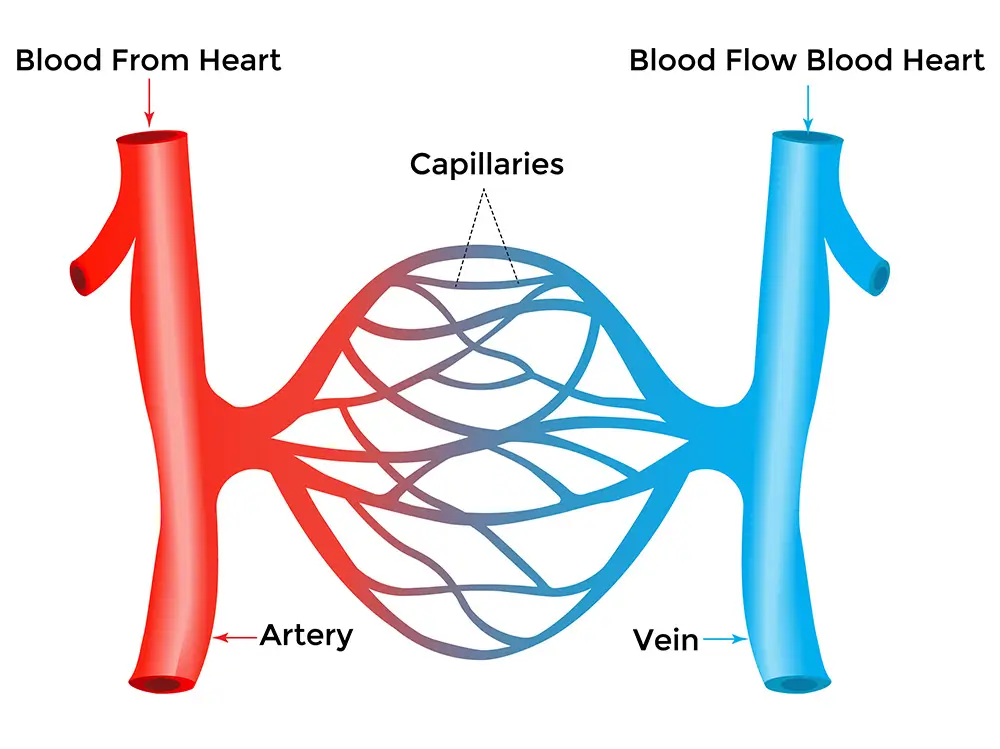Expert Vascular Anomalies Treatment in Jaipur
Vascular Anomalies in Detail
Vascular anomalies are irregularities in the blood vessels, encompassing arteries, veins, capillaries, or lymphatics. These can manifest as vascular malformations or tumors, varying in appearance and severity. Vascular malformation refers to congenital vessel abnormalities present from birth, while vascular tumors are typically growths that develop over time.
Dr. Amol Nagvekar, a renowned vascular surgeon in Jaipur, specializes in vascular malformation radiology and offers advanced treatments using minimally invasive techniques.

Vascular Malformation Treatment – Leading Vascular Surgeon in Jaipur
Noticing unusual swelling, visible veins, or unexplained pain in your body? It may seem minor at first, but over time, it can lead to discomfort, complications, and serious health risks.
Vascular anomalies are more common than people think, yet many delay seeking treatment due to fear of surgery or lack of awareness. But here’s the good news—modern medical advancements now offer safe, effective, and minimally invasive treatments that don’t require major surgery.
Dr. Amol Nagvekar, a highly experienced vascular surgeon in Jaipur, specializes in diagnosing and treating these conditions using vascular malformation radiology and advanced procedures. Whether it’s an AVM healthcare concern, an aneurysm treatment, or another vascular issue, he provides expert care with a focus on patient comfort and safety.
Types of Vascular Anomalies
- Capillary Malformations: Often called “port-wine stains,” these are flat, red or purple skin discolorations resulting from enlarged capillaries.
- Venous Malformations: Abnormally formed veins that can cause pain, swelling, or a blueish skin appearance.
- Lymphatic Malformations: Malformed lymphatic vessels leading to fluid-filled cysts, commonly in the neck or armpit areas.
- CT angiography of thoracic aorta: Is needed to identify dilated bronchial arteries, to locate the number, origin and course of artery.
- Arteriovenous Malformations (AVMs): Direct connections between arteries and veins, bypassing capillaries, which can disrupt normal blood flow and oxygen delivery.
Causes & Risk Factors

Genetic Mutations
Some anomalies result from inherited or spontaneous genetic changes affecting vascular development.

Developmental Errors
Errors during fetal development can lead to malformed blood vessels.

Family History
A family history of vascular anomalies may increase the likelihood of occurrence.
Symptoms & When to Seek Medical Attention
- Visible Skin Changes: Discoloration, swelling, or noticeable lumps.
- Pain or Discomfort: Especially if the anomaly affects deeper tissues or organs.
- Functional Impairment: Difficulty in movement or organ dysfunction if vital structures are involved.Airen Vascular.
When to See a Doctor:
Treatment Process
Treatment for vascular anomalies is tailored to the specific type and severity of the condition. Dr. Amol Nagvekar employs advanced, minimally invasive techniques to ensure effective outcomes with reduced recovery times.

Diagnosis
Utilizing imaging studies such as ultrasound, MRI, or CT scans to identify the anomaly accurately.

Embolization
A minimally invasive procedure where the blood supply to the anomaly is blocked, causing it to shrink.

Sclerotherapy
Injection of a solution into the malformed vessels, leading to their closure.

Surgical Options
In cases where minimally invasive methods are insufficient, surgical removal may be necessary.
Dr. Amol Nagvekar is a leading vascular surgeon in Jaipur with extensive experience in vascular malformation radiology and minimally invasive treatments.
Why Choose Dr. Amol Nagvekar for Vascular Malformation Treatment?
- Expertise: With a background in interventional radiology and specialized training from prestigious institutions, Dr. Nagvekar brings a wealth of knowledge to each case.
- Advanced Techniques: Proficient in the latest minimally invasive procedures, ensuring patients receive cutting-edge care.
- Patient-Centered Care: Dr. Emphasizes clear communication, personalized treatment plans, and compassionate support throughout the treatment journey.
- Proven Track Record: Successfully managed numerous cases of vascular anomalies, enhancing patients’ quality of life.
